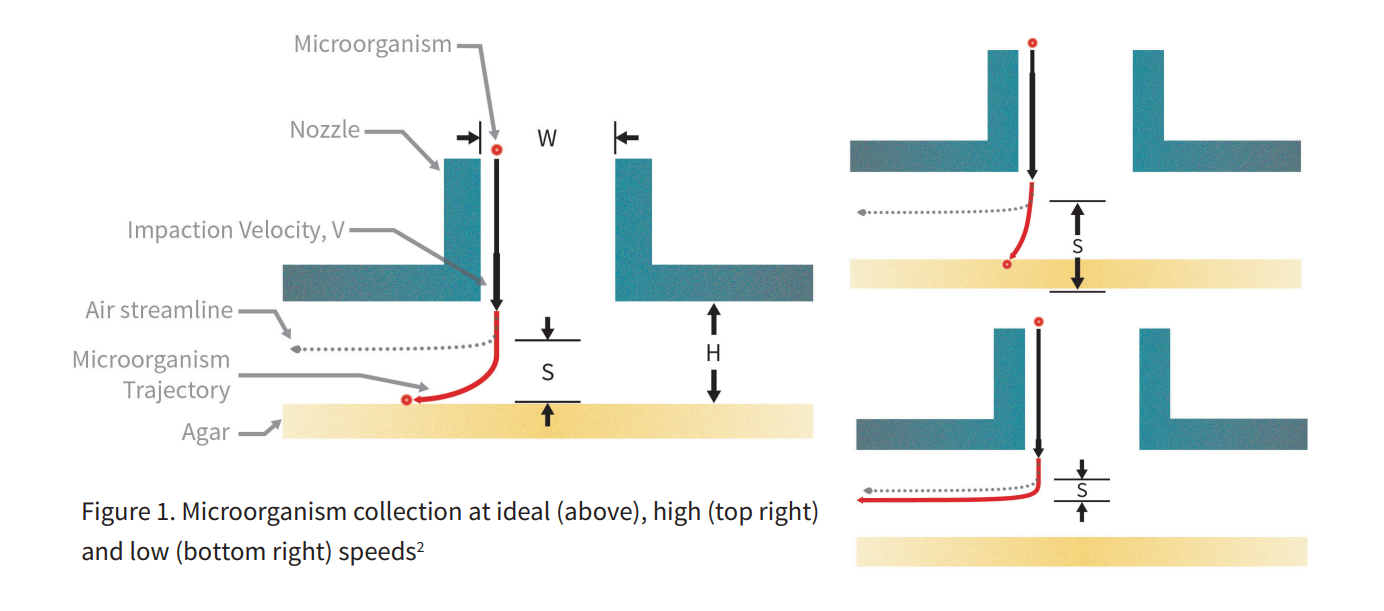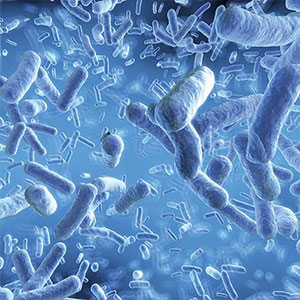An Active Air Sampler Comparison can help you find the right solution for your application.
Environmental monitoring relies heavily on viable active air samplers to provide data about microbial presence in a clean area. In a firm’s study to determine a better method of microbial collection, the BioCapt® Stainless Steel was compared to their existing sampler and shown to have much higher microbial and mold collection counts. This result is attributed to high collection efficiencies and superior inlet design.
Physical collection efficiency is the measure of how well inert particles are collected, but biological efficiency goes a step further: it measures the physical efficiency, but in addition, it also quantifies the viability of micro-organisms. A cell’s ability to survive cell damage or stress is heavily influenced by the properties of impaction and dehydration of the media.[1]
To better describe the collection process, air sampling is simplified into its primary components in Figure 1 (below). At the beginning of the process, air and particles enter the nozzle at the same speed. If air flow lines rapidly need to change direction (determined by height, H), the particle trajectories will depart from the air flow lines, how much so depending on particle mass. Particles then travel unidirectionally and adhere to a surface in their path.

Figure 1 illustrates the importance of impaction velocity on microorganism collection. Microbial recovery is affected by the speed at which the microorganism impacts, with high speeds resulting in lower rates of microorganism recovery, possibly due to the anaerobic conditions from the microorganism’s complete submersion into the media or increased microorganism injury [2]. Conversely, a very low air flow velocity results in little to no impaction.[1]
Learn more… Complete the form to download the full paper.








